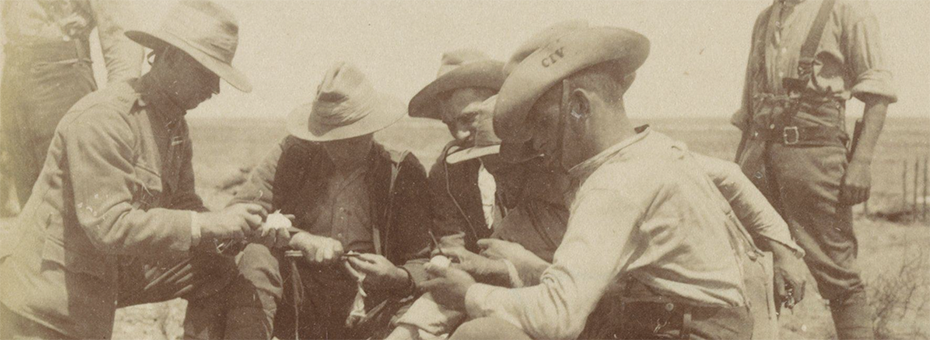Once you have reached a good level of service you often come to believe that the system is now established and that there is no reason why it would backslide. And yet we have learned that even very small events can make the system backslide.
After months of work with our sensei, we finally accepted his assertion that we would not succeed as long as we did not pull our flow. We did not fully understand this yet, but were willing to accept this without pushing back. Pulling the flow obliged us to totally change the way we manage our flow.
At AramisAuto we sell cars from our internet website. During our launch and growth, as soon as a car was sold we would “push” the car to the point of sale as soon as we could: immediately if it was on our inventory, or a bit later when it was on our supplier’s inventories. Cars were delivered to the point of sales, and the customers were informed to come and collect their car. As a result we had many cars waiting in our lots and many customers waiting for their cars.
Pulling the flow forced us to define the delivery date with the customer on the day of the order. The car would arrive the day before the planned delivery date to the point of sales and was delivered to customers at the due date. Inventory waiting for customers in our point of sales would disappear.
In just a few months of pulling the flow, we were able to halve our lead-time and offer a 6 day delivery time as opposed to our customary 15 days; while improving our on-time delivery from 65% to over 85%. Now our challenge is to reduce this to 48 hours. We were very happy with our results but our sensei kept griping about watching out for the backslide. We didn’t really see it as a problem: the system was now working and we were confident that it would keep doing so.
Then came the festive season. The logistics team agreed with the purchasing team and decided to increase the promised delivery lead time by two days – because it’s Christmas! Their argument made sense: first and foremost, we must satisfy our customer and respect our on-time delivery promise; also, Christmas time is very complicated for the logistics teams and for our suppliers, so we cannot keep the same commitments. Meanwhile, Amazon is offering even shorter delivery lead-time during the Christmas period. What do they know that we don’t?
Clearly, we all agree that we must respect our customer commitments and at least maintain our on-time delivery to satisfy our customers. But we also know that increasing lead-time doesn’t help customers: increasing the delivery time decreases the value proposition. We don’t create value, we destroy value.
Maintaining the pull flow is like a pro sports: you must train, challenge, sweat every day to get the best performance and move ahead of your competitors. It’s hard for the teams and in complicated contexts, it’s tempting to lower the bar.
We remembered that our sensei had told us to watch out for backsliding. As a leadership team, our role is to “challenge and support,” as described in The Lean Sensei. In this case, whatever the special circumstances we cannot accept lowering the challenge or the value proposition. Which also means we must increase our support, which we haven’t done enough this time around, mainly because we did not see the issue coming and the “chain of help” didn’t work well enough.
Facing the problem, the management team had a deep discussion: we cannot lower the bar, but how can we help to maintain our value proposition? What do we have to change in our process to deliver as promised in the specific Christmas season? How can we better anticipate those specific times when the value proposition gets trickier to deliver on?
Weeks after this event, we realized how bad this move has been for the company! Of course we quickly came back to our initial six days delivery time. But those changes from eight to six, and six to eight, created a lot of irregularities and abnormalities in our logistic chain. For a while, our delivery plans were almost empty; two weeks later they were at their at their highest ever. And of course this generated many difficulties for the people in charge of deliveries. So we also learned how small variation at a point of the chain could generate many and higher variations and the other end. By the way this was also a lesson of our Sensei!
At this stage, we have more questions than answers. One thing for sure, we need to learn to react at the first sign of backsliding and grit our teeth and never, never agree to lower the bar. Also, as CEO, I’m certain that if we learn to keep our performance level up in adverse contexts we’ll learn much that will help us to take the next harder step: from six days to five days, every day.





